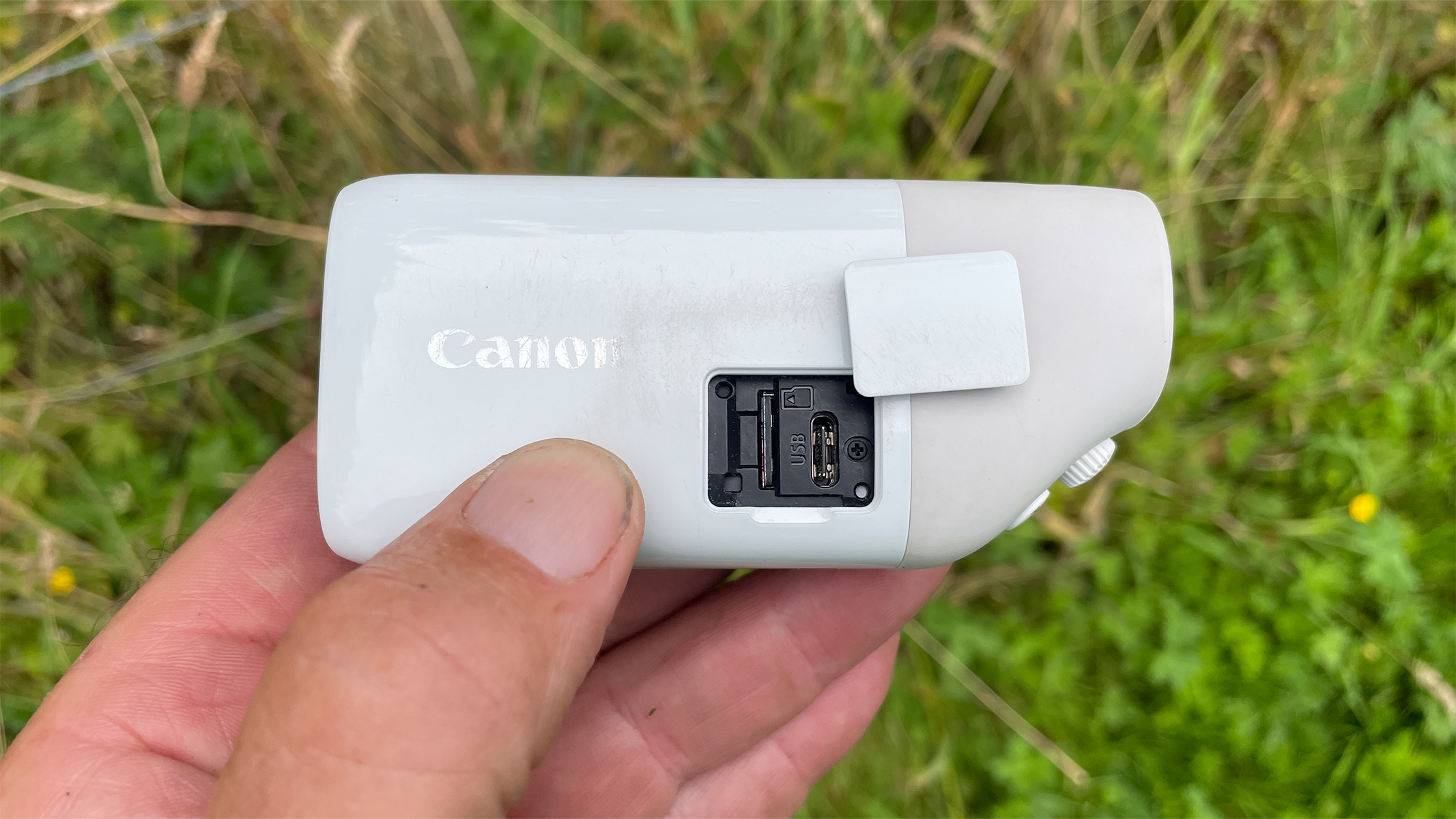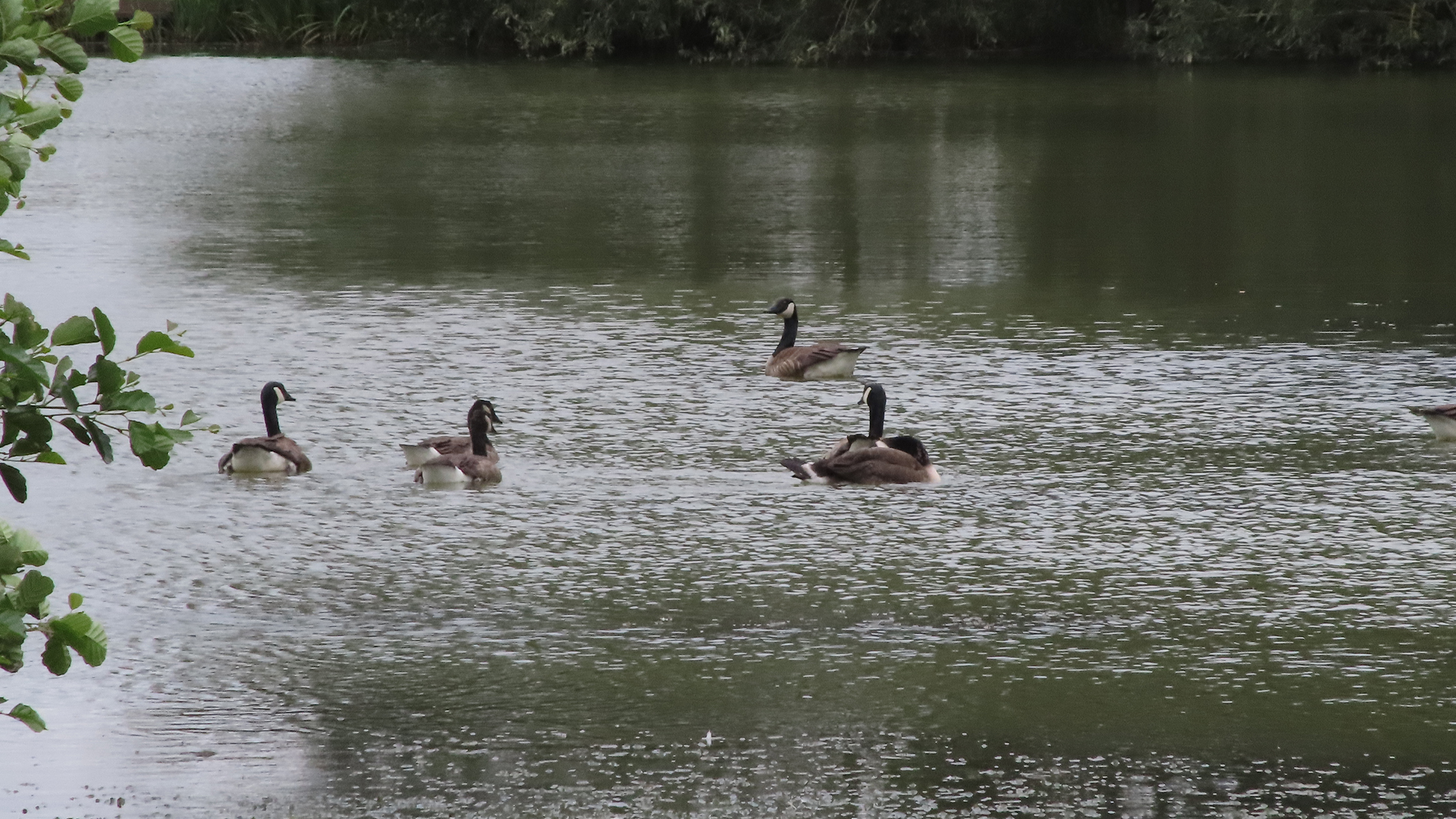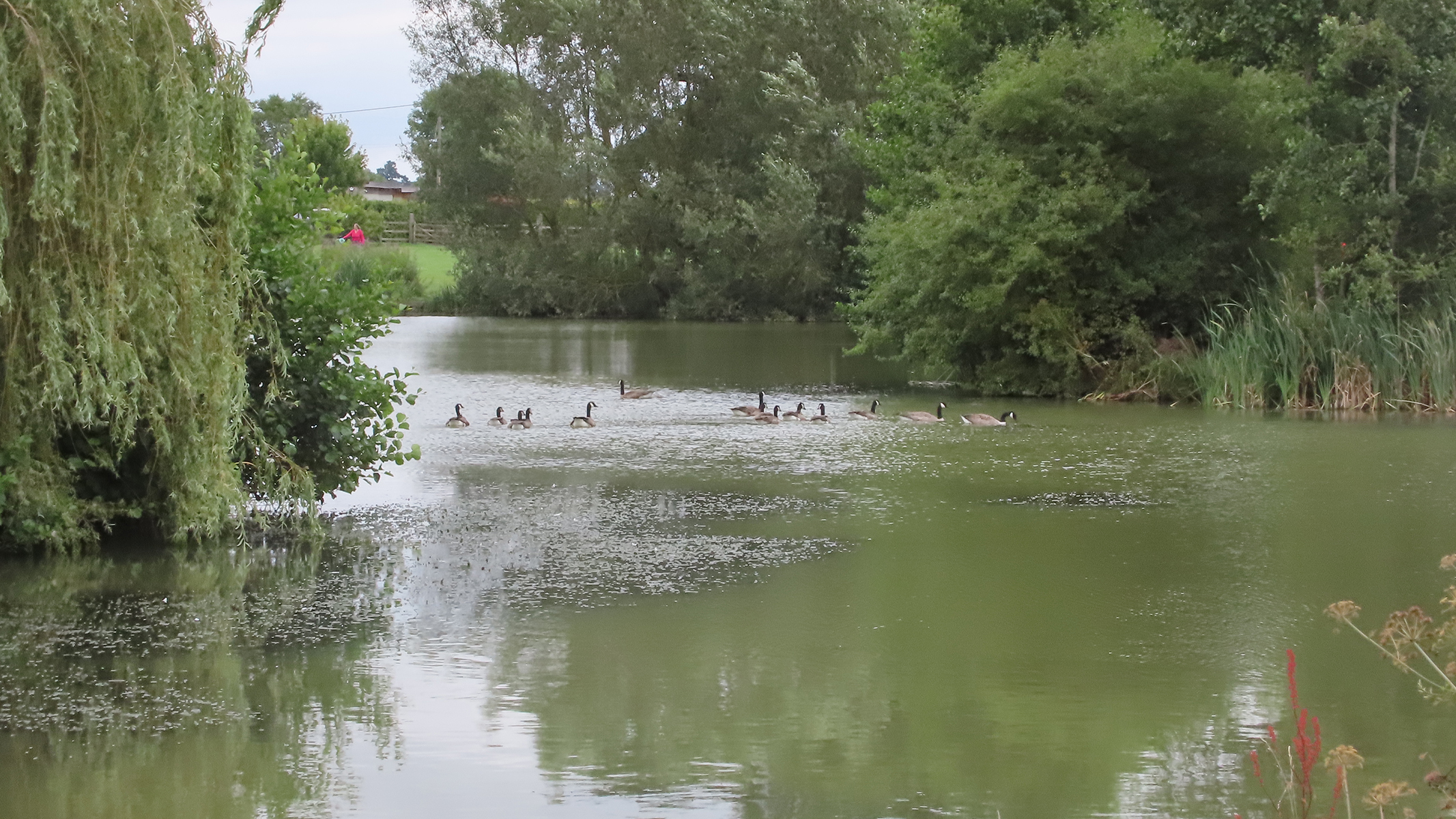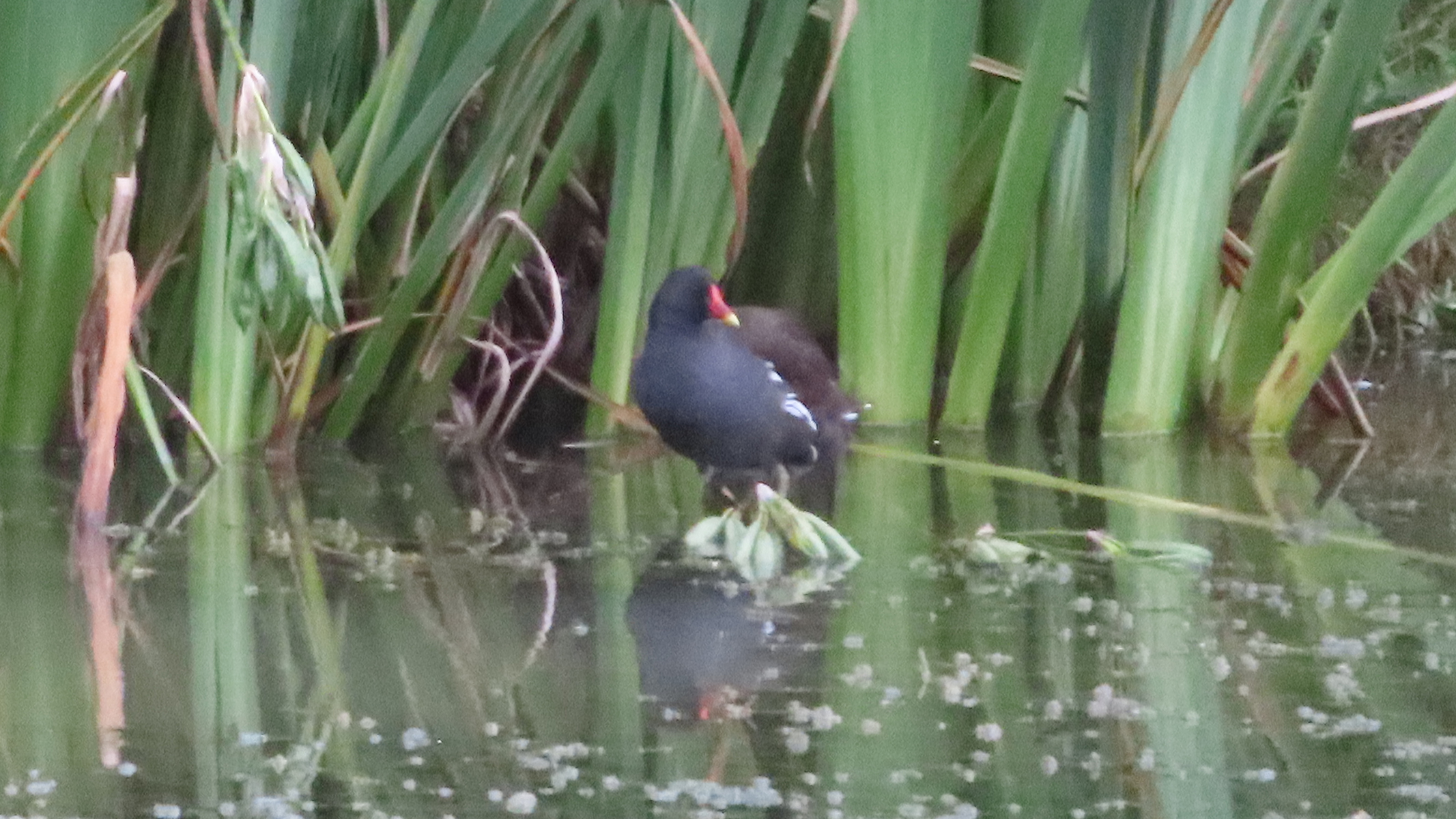Canon Powershot Zoom digital monocular review

The Canon PowerShot Zoom is a bit confusing at first. Most of its features as a camera are equally well matched by your average phone and undoubtedly surpassed with almost any modern digital camera. You realize the camera’s point only once you start using the 400mm zoom.
Canon calls the PowerShot a monocular, but we find it’s better understood as a really small digital camera with the addition of a two-position zoom lens. This feature makes it a unique take on the monocular market. The lens is 100/400mm (equivalent) with an option for 800mm digital (not optical) zoom. Up to the 400mm length, the photo quality is undoubtedly respectable, but the photos we captured at the 800mm length were soft and couldn’t be considered anything more than just snaps. Due to the restrictions of its image sensor we found it to be unusable for astronomy, so we would recommend one of the other best monoculars that we’ve tested if you want to gaze at the night sky.
Canon PowerShot Zoom digital monocular review
Canon Powershot Zoom: Design
★★★
- Closely stacked controls
- Very small and compact
- No water/dustproofing
The Canon PowerShot Zoom digital monocular is minute weighing only 145 g and measuring a touch over 103 mm long. We found its compactness to be good at first, but it does have drawbacks when in use.
There are six control buttons on the monocular. Three clustered on top of the device include a lozenge-shaped zoom button, a power switch and a menu button. Underneath there is a record button, a shutter button, and a diopter focusing wheel. The diopter (DPT) has a correction of approx -3 to +1m-1 DPT. We found this to be only just enough to get the required clarity.
We found that because the buttons are situated so close together we kept accidentally turning the unit off while hunting for the zoom button. The initial setup for the camera was difficult also, resulting in us having to bring the monocular away from our eye to see the button location which slowed down observations.
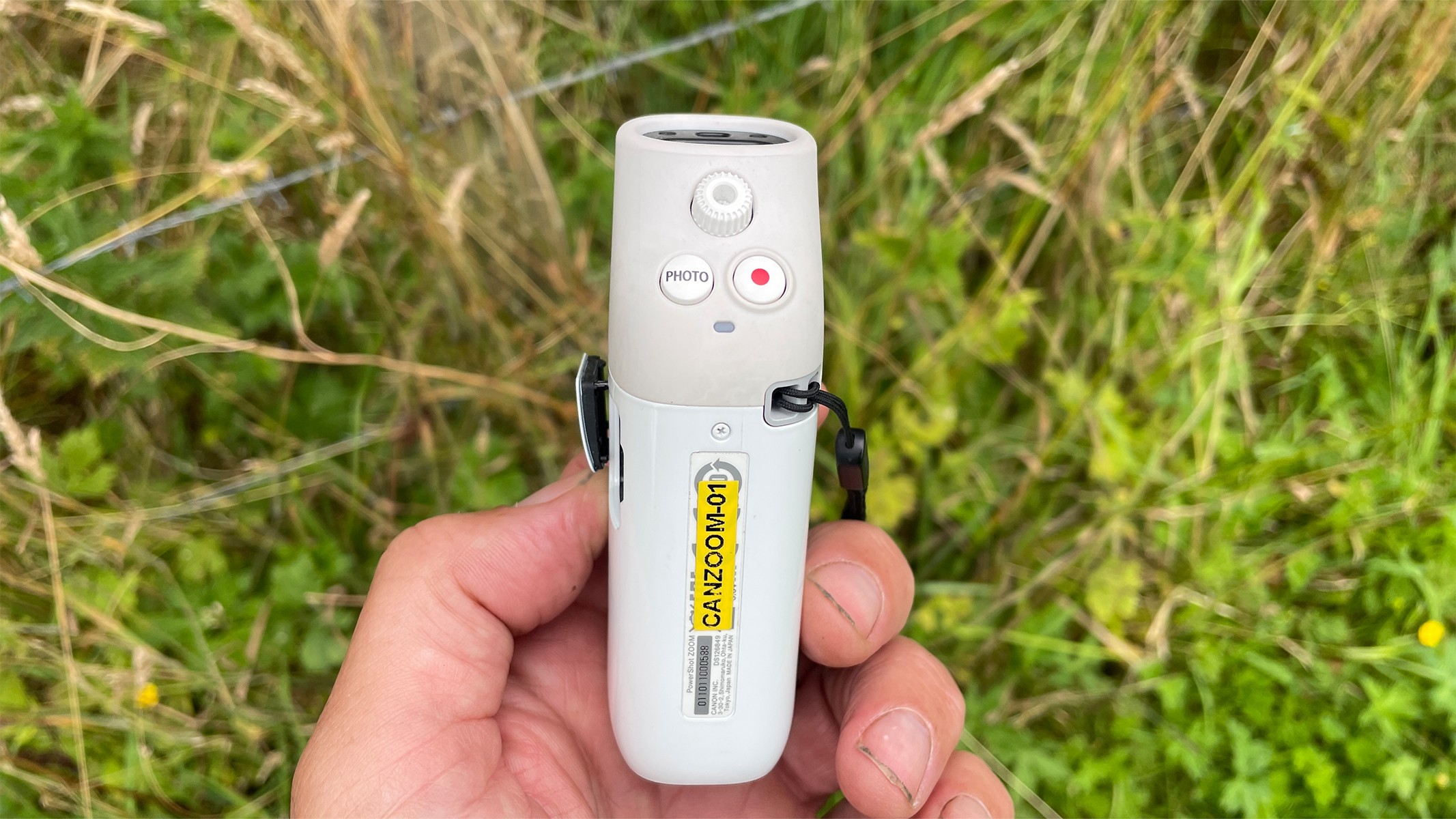
Specifications
Photo sensor technology: CMOS
Focal length: 400mm with 2x Digital zoom
Photo capture: 12.1MP with full HD movie mode.
Storage: SD card enabled
Weight: 145 g / 5.11 oz
Dimensions (mm): 33.4 x 50.8 x 103.2 (1.31 x 2 x 4.06-in)
Durability: Plastic case with no waterproofing.
The 0.39-inch OLED electronic viewfinder (EVF) has a resolution of 2.36 million dots and we found it to be very good for such a small unit. However, we noticed there is a small difference between the image displayed on the viewfinder and the uploaded images on smart devices and PCs. We found the uploaded images to be softer and less well-focused than those that appear on the viewfinder, likely due to the display settings applied to the EVF versus our monitor settings.
The lens is very complex, with 11 elements in eight groups which could make the camera susceptible to damage from bangs and knocks but we did not notice any performance issues during testing. The unit is not waterproof or dustproof, so use in inclement weather and in sandy environments must be done with caution. The lens does not have coatings or specialized glass, but it does have image stabilization. This worked well in our test, where we found that by using two hands to steady the unit, the view was reproduced well.
There is no lens cover on either the objective lens or the viewfinder, so care must be taken not to smudge or scratch the lens. Because of this, we wonder how reliable the unit will be in the long term.
To charge the unit, there’s a USB-C port and slots for the SD memory card behind a hatch on the side of the body. Canon provides a cable for charging but no actual charger, so this would have to be purchased separately, although most laptops have ports for this. The internal non-removable 800 mAh battery was good for approx 150 shots and it took around 2hrs to fully charge from empty.
Canon PowerShot Zoom: Performance
★★★★
- 800mm zoom gives close-up views of far-away subjects
- Useable photos when editing on a computer
- Cramped controls on the device led to operational mistakes
The camera isn’t capable of being used at night so is therefore no good for astronomical viewing. The sensor’s sensitivity just cannot cope. As you approach astronomical twilight, the camera starts to increase the ISO, and as it does this, the quality drops off. The camera can produce images at ISO 3200, but there is so much noise at this level that it’s almost unusable. Using the zoom function was also problematic, as the camera was just blowing up an already grainy image. If you’re looking for a monocular for stargazing you’d do better off checking out our guide to the best monoculars.
However, birdwatching with the Canon PowerShot was a rewarding pursuit. The 800mm zoom enabled quick, accurate identification of birds which most monoculars would struggle to achieve. This, coupled with the ability to take photos of the rendered image, made the unit a useful unique addition to the birdwatcher’s armory. The lack of outright quality in the image isn’t the point with this monocular; using it to identify either on location or at home once the images are downloaded is where it’s at its most useful. It easily fits into a pocket, unlike equivalent equipment with this focal range giving the user a unique ability to identify and record birds at large distances. Admittedly the rendered images at 800mm were low resolution and wouldn’t stand up to too much scrutiny, but they are more than enough to identify birds.
The camera’s maximum f/5.6 aperture at 100mm and f/6.3 at 400mm, paired with the need for a fast shutter speed, compound the low-light problems. Given the focal length, we wouldn’t recommend the camera for stargazing. Too many scenarios require a high ISO, where image quality suffers.
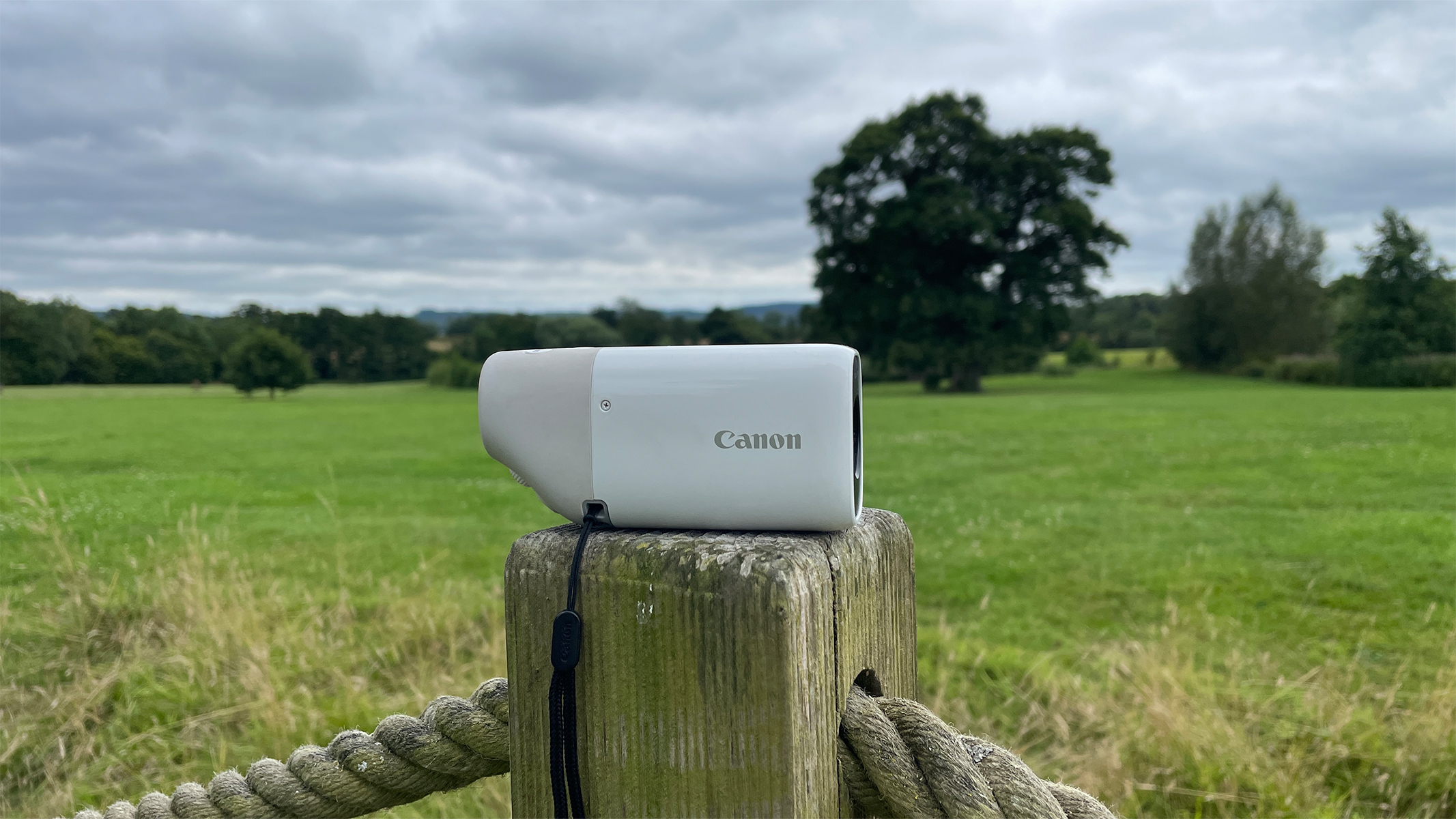
At the lowest focal length, 100mm, the minimum focus is 1 m (3.3 ft). This prevents close-up work, and there is no macro function. If using the monocular in a garden, it would still be okay to view bird table activity, but 100mm isn’t what we would describe as a wide setting.
Using the PowerShot on a football game again proved its unique capability. We could focus on players as they were running past and video them in action. The PowerShot enables you to adjust focus while videoing, which puts it above some phones that can’t change focus while video is activated. This side of the PowerShot makes it very family-friendly. It would be a handy gadget to have at football matches or other sporting events where close-up stills and video are useful.
The one main snag with the PowerShot in use is the cramped button spacing. It hinders quick use, as you constantly have to take the unit away from your eye to find the relevant buttons. We found it was best to use two hands, the right to hold the unit and the left to hover over the controls. After a few minutes, this did become easier.
The PowerShot can only be used in good light conditions. With a maximum aperture of f/5.6, it cannot be used inside, for example, without the image getting really grainy.
There are two autofocus modes — face detection and tracking. Both worked well in good light, but we found it hunted in low light and only a single point of focus.
Canon PowerShot Zoom: Functionality
★★★
- Unique telephoto lens at this size
- Ability to capture photos and videos
- Bluetooth and wireless connectivity
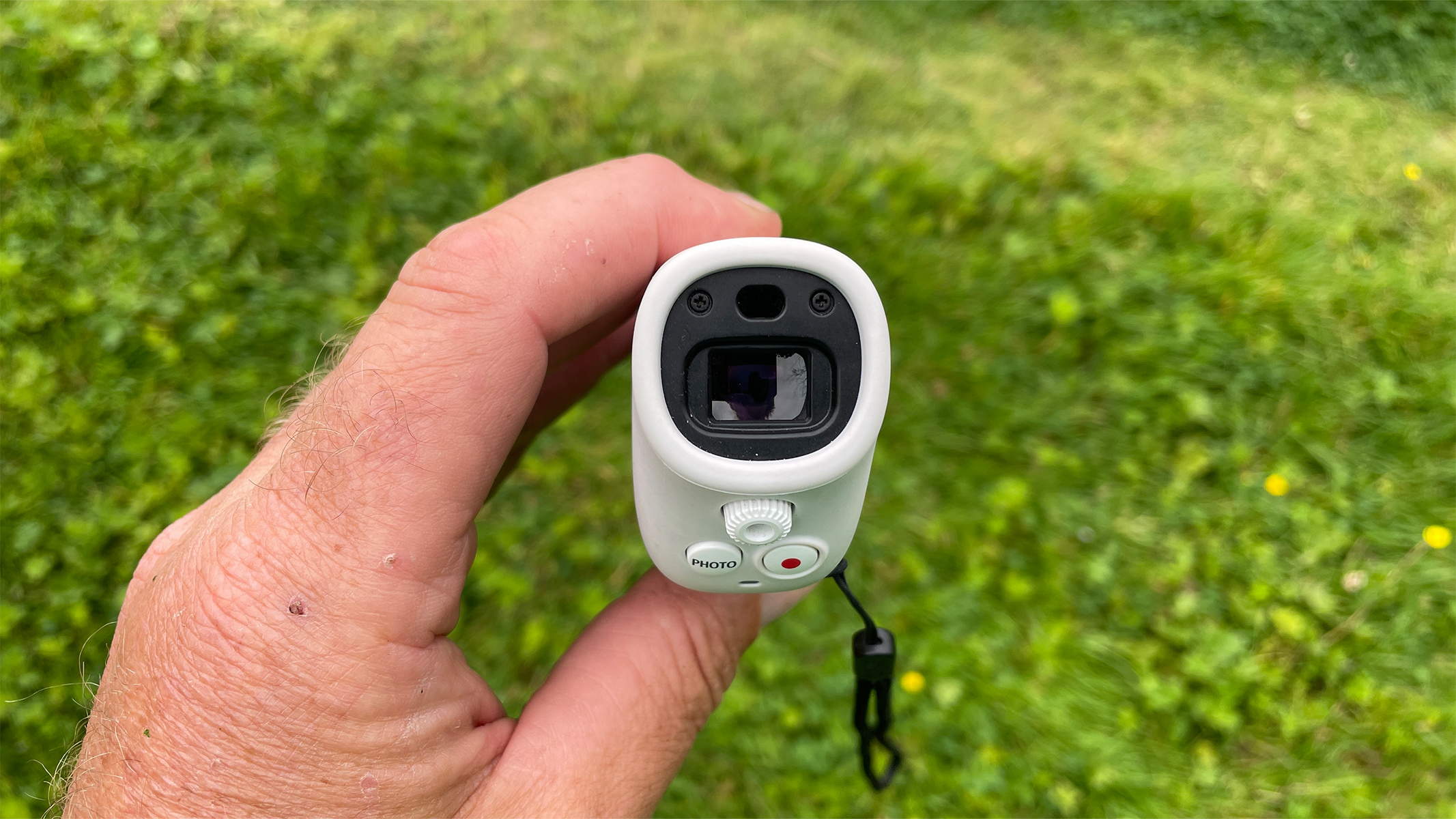
A monocular of this size with the capability of 100-400mm optical zoom makes the Canon PowerShot Zoom Digital Monocular quite a unique proposition. Yes, the stills image quality isn’t brilliant, but it’s more than adequate for using it to identify birds or zoom in on the features of buildings while on a day trip. For more difficult-to-identify birds we reviewed the images on larger screens to complete the identification which proved successful.
While out on location, we paired the Canon PowerShot Zoom digital monocular to our smartphone via Bluetooth, which opened up a whole new area of use. Once on the phone, we ran the downloaded images through the Google Photo app, where we could identify insects and birds in greater detail. This feature would be handy for small children on a family outing, for example, encouraging the children to interact and study with the world around them.
There’s no tripod attachment on the unit, but this would have been a helpful feature. You could then set the monocular up on a nest, for example, and monitor the activity remotely.
Pairing the Canon PowerShot Zoom digital monocular with a smart device was easy. Canon’s Camera Connect app is intuitive and easy to use. Using the phone screen to view remotely is a brilliant feature that adds a whole new aspect to birdwatching. You open the app on the phone or whatever smart device you use and then turn on the camera. It then automatically connects after the initial set-up process is complete.
Most normal monoculars give the option to attach a phone holder to them now. We have found these are rarely ideal in use with the weight of the monoculars making them unbalanced and awkward to use. The Canon PowerShot Zoom Digital Monocular gets around this problem by being able to take photos in the unit and working like a normal monocular.
User reviews of the Canon PowerShot Zoom
Users on Amazon have been saying that the Canon PowerShot Zoom Digital Monocular has useful zoom and that they like its aesthetics. They say that the zoom is very good and that it makes a useful monocular. They are happy with the portability. Some reviews have mentioned the lack of an included charger. Opinions are mixed on the image quality and ease of use.
Should you buy the Canon PowerShot Zoom?
In our assessment, the Canon PowerShot Zoom Digital Monocular fills a niche in the market very well. It is small enough to fit in a pocket while managing an 800mm zoom capability. The ability to take decent-quality photos and videos makes it attractive to those using the unit at sporting events, where these features may please the younger user especially.
The unit’s Bluetooth/wireless connectivity is a relatively unique aspect, and the option of using a phone screen to review images is another plus point for Canon.
If you can tolerate the close spacing of the controls and the low image quality, the ability to take photos on the device and then download them to a smart device opens up a whole new area in the field of monoculars. Because of this, we would highly recommend the Canon Powershot Zoom Digital Monocular as long as you do not desire to view the night sky.
If the Canon PowerShot Zoom isn’t for you
If the Canon PowerShot Zoom Digital Monocular isn’t for you, then perhaps more traditional monoculars, such as the Python Rangemaster 12×52 (review incoming) with its high-quality glass and powerful 12x magnification, may fit the bill.
Alternatively, you may want to stick to a digital unit, and therefore, it might be worth taking a look at the Bushnell Equinox x650 (review incoming) digital night vision monocular, which not only has nighttime capability but can be used in normal light conditions with photo and video capability. If a small size is part of your criteria, then the Nikon 5×15 HG monocular is tiny at only 2.8-in long, with the high-quality glass that we have come to expect from Nikon.
Source link
